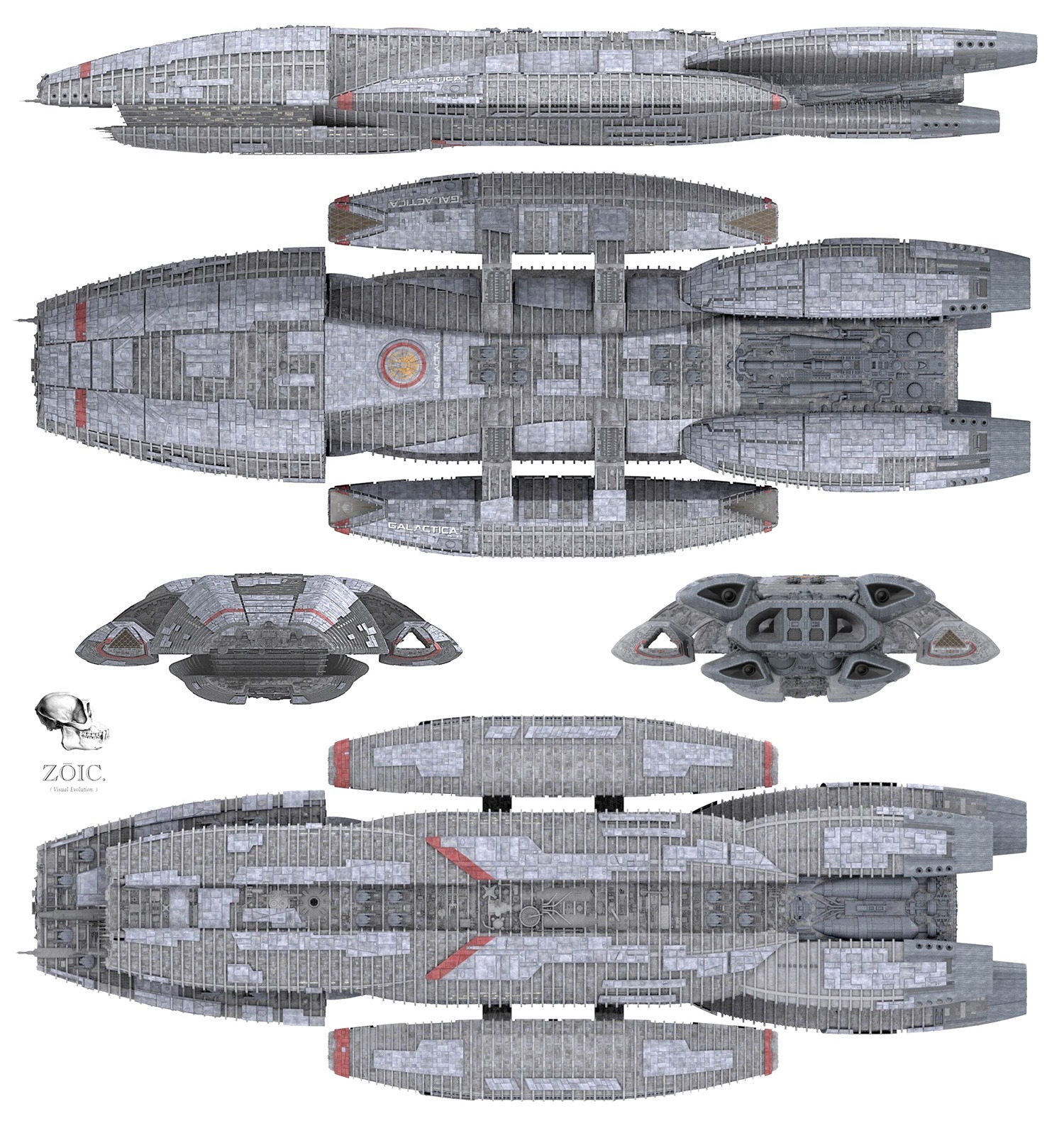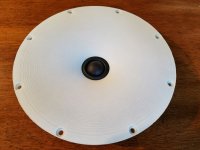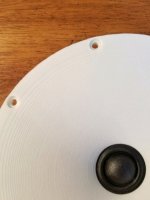Don't know if you guys read Noaudiophile's reviews. I find them pretty entertaining as he generally rips into junk stuff. Just saw he posted a review of the CSS Criton 1TD kit on his website earlier this week. It looks like a really good deal on the kit with the knock down cabinets.
Creative Sound Solutions Criton 1TD v2 Bookshelf Speaker Review
Creative Sound Solutions Criton 1TD v2 Bookshelf Speaker Review
I can't stand his reviews but the measurement shows it's a great speaker. He seems to not realize that perhaps the reason why the highs are 'sparkly' despite NOT having the rise in response he anticipated is because of the Jantzen Superior caps, which have exactly the presentation he describes. But since he is clearly in the 'no difference' camp he doesn't even put two and two together. Anyone who has used those inductors and caps knows what to expect.
Might help if his speakers weren't right next to a wide flat television, but whatever. Coming from him, that's about as good a review as you can expect.
Might help if his speakers weren't right next to a wide flat television, but whatever. Coming from him, that's about as good a review as you can expect.
My name is Kerry. I'm one of the owners of CSS. I saw this thread and wanted to add some comments from our side and make sure any questions about the kit were answered.
First, I'd like to thank Andy at noaudiophile.com for taking the time to review our updated Criton kit. We knew going in that Andy has a very unique review style and is always bluntly honest in his opinion, but we were confident enough in our product to put it out there for him to write about.
We thought that given our "bare bones" kit pricing, it fit in line with some of the midrange stuff like ELAC that he has reviewed in the past and might appeal to some of his readers. Overall, we're very happy with the review. His measurements match ours fairly closely and he had many overall positive things to say about our kit, which isn't common in a lot of his reviews.
Two things I would like to address are the "sparkly" tweeter and the bass response. We discussed the tweeter with him while he still had our kit. Our opinion was that he was hearing the broader dispersion of the 22mm dome tweeter. Smaller domes have wider dispersion and put more energy into the room at high frequencies than larger domes. You can see this in the off-axis measurements where the tweeter's response doesn't fall off much until very far off-axis. This typically provides a "different" presentation to a larger sized dome which can sometimes sound like extra detail in the top end.
On the bass response, Andy used a ground plane measurement for his bass measurement. He believes this is the most accurate way to measure bass response. We use a blended near field measurement that takes into consideration baffle losses to get an accurate bass response. We also model our boxes with actual T/S parameters and then measure impedance to verify the tuning matches our model. Both solutions are valid but can sometimes lead to different results.
However, I will say that everyone who has heard our kit so far has been impressed with the bass capabilities, so I believe that two things could have occurred during the review. One possibility is that some of the stuffing inside the cabinet ended up blocking the output of the port and reducing it's output. The other is that the room these were in had a strong room mode around 40 Hz making them sound like they didn't extend as deep.
Either way, it was an entertaining review and we hope everyone enjoyed it. If you have any questions, please let me know.
First, I'd like to thank Andy at noaudiophile.com for taking the time to review our updated Criton kit. We knew going in that Andy has a very unique review style and is always bluntly honest in his opinion, but we were confident enough in our product to put it out there for him to write about.
We thought that given our "bare bones" kit pricing, it fit in line with some of the midrange stuff like ELAC that he has reviewed in the past and might appeal to some of his readers. Overall, we're very happy with the review. His measurements match ours fairly closely and he had many overall positive things to say about our kit, which isn't common in a lot of his reviews.
Two things I would like to address are the "sparkly" tweeter and the bass response. We discussed the tweeter with him while he still had our kit. Our opinion was that he was hearing the broader dispersion of the 22mm dome tweeter. Smaller domes have wider dispersion and put more energy into the room at high frequencies than larger domes. You can see this in the off-axis measurements where the tweeter's response doesn't fall off much until very far off-axis. This typically provides a "different" presentation to a larger sized dome which can sometimes sound like extra detail in the top end.
On the bass response, Andy used a ground plane measurement for his bass measurement. He believes this is the most accurate way to measure bass response. We use a blended near field measurement that takes into consideration baffle losses to get an accurate bass response. We also model our boxes with actual T/S parameters and then measure impedance to verify the tuning matches our model. Both solutions are valid but can sometimes lead to different results.
However, I will say that everyone who has heard our kit so far has been impressed with the bass capabilities, so I believe that two things could have occurred during the review. One possibility is that some of the stuffing inside the cabinet ended up blocking the output of the port and reducing it's output. The other is that the room these were in had a strong room mode around 40 Hz making them sound like they didn't extend as deep.
Either way, it was an entertaining review and we hope everyone enjoyed it. If you have any questions, please let me know.
I can't stand his reviews but the measurement shows it's a great speaker. He seems to not realize that perhaps the reason why the highs are 'sparkly' despite NOT having the rise in response he anticipated is because of the Jantzen Superior caps, which have exactly the presentation he describes. But since he is clearly in the 'no difference' camp he doesn't even put two and two together. Anyone who has used those inductors and caps knows what to expect.
Might help if his speakers weren't right next to a wide flat television, but whatever. Coming from him, that's about as good a review as you can expect.
Yeah, from his description at first, I didn't expect the razor flat FR he posted. From the woofer specs, you can see that the LDW7 will have an F3 close to 40Hz in this size enclosure and that's what the Criton 1TD measurements show on the CSS website. I agree that this is about the best review you'll get on noaudiophile.
Dan
Sorry, to spoil your festivities here, but the off axis curves of this system demonstrate the typical shortcomings of a classic 15cm cone-25-28mm dome combo. The off-axis curves should not cross/intersect, but gradually fall off in straight lines.
A sonogram would most likley yield a "Battleship Galactica" picture.
The drivers by themselves are nice 'nuff, but systemwise things do not look good.
A sonogram would most likley yield a "Battleship Galactica" picture.
The drivers by themselves are nice 'nuff, but systemwise things do not look good.
Sorry, to spoil your festivities here, but the off axis curves of this system demonstrate the typical shortcomings of a classic 15cm cone-25-28mm dome combo. The off-axis curves should not cross/intersect, but gradually fall off in straight lines.
A sonogram would most likley yield a "Battleship Galactica" picture.
The drivers by themselves are nice 'nuff, but systemwise things do not look good.
That off axis respinse is inherent in the 2-way format and actually looks pretty good at that. The constant directivity curves look nice, but don't necessarily make for a better sounding speaker. Altogether this looks like an excellent system, even without factoring in the minimal cost.
Dan
Sorry, to spoil your festivities here, but the off axis curves of this system demonstrate the typical shortcomings of a classic 15cm cone-25-28mm dome combo. The off-axis curves should not cross/intersect, but gradually fall off in straight lines.
A sonogram would most likley yield a "Battleship Galactica" picture.
The drivers by themselves are nice 'nuff, but systemwise things do not look good.
I'm not sure what a sonogram is or what a "Battleship Galactica" picture is either. I Googled the "Battleship Galactica" and I can only assume that you mean a polar response graph and this:

Correct me if I'm wrong, but I'm also assuming you think narrow directivity waveguide is the only way to go. I don't subscribe to narrow directivity being the only thing that sounds good. I've heard constant directivity speakers sound terrible or really good. Same with standard 2-ways or omni speakers. I think as long as the speaker is well designed it can sound good. The bigger problems I've found are large peaks in directivity, like found in B&W speakers that cross the tweeter at 4 kHz to a 6" midrange.
If you look at their website, you can see the response falls off pretty smooth off axis. Only a little bump in the 3-4 kHz range, which is probably mostly diffraction related based on the baffle size. https://www.css-audio.com/criton1td
That off axis respinse is inherent in the 2-way format
Dan
Only if the speaker is underdesigned, ie a 180deg waveguide for the tweeter and a too-high crossover.
I bet that Wavecor (sorry, “custom”) woofer and tweeter would make a good speaker...with a small midrange between them.
Only if the speaker is underdesigned, ie a 180deg waveguide for the tweeter and a too-high crossover.
I bet that Wavecor (sorry, “custom”) woofer and tweeter would make a good speaker...with a small midrange between them.
As you know, there are compromises in any design. The 7" 2-way mounted on a flat baffle model provides good bass extension, good output capability and good directivity matching for a minimal cost/complexity investment. Different drivers and formats could be used at different price points to improve performance in some areas and get worse in others. This design has taken the appropriate factors into consideration and balanced them well IMO.
If constant directivity is your holy grail, then you'll probably justify the added cost and complexity of adding a midrange in between those drivers or putting the tweeter in a waveguide. If not, then this is a very capable and very well implemented 2-way loudspeaker kit in a cost effective and easy to assemble package.
I'd heard some of the earlier iterations of various CSS designs - before the change of management due to Bob's retirement - all were very good. At the end of the day, "It is what it is" - a well executed 2-way that should easily hold its own against many current commercial designs costing substantially more.
The 7" 2-way mounted on a flat baffle model provides good bass extension, good output capability and good directivity matching.
Depends, depends, and no.
Any 7” woofer, 180-deg tweeter waveguide 2-way is compromised, not a balance of compromises. Companies should not waste their time making such mistakes in 2018.
The sad part is that a mere attention to detail could make a decent product. If your drivers are “custom,” how about engineering a proper tweeter faceplate to enable a directivity match?
Depends, depends, and no.
Any 7” woofer, 180-deg tweeter waveguide 2-way is compromised, not a balance of compromises. Companies should not waste their time making such mistakes in 2018.
The sad part is that a mere attention to detail could make a decent product. If your drivers are “custom,” how about engineering a proper tweeter faceplate to enable a directivity match?
Well, the faceplates were designed under the previous owner of CSS and we had no involvement in those. Additionally, not everyone wants/needs a waveguide. We sell the tweeters individually, not just with the kit, so making them only waveguides would be a terrible idea from a commercial standpoint.
Im a DIYer at heart, so I definitely get the no compromises approach, but as a business, sometimes things have to be done to sell products. While we definitely understand the benefits of a waveguide, there are several issues from a business perspective that make it less desirable. From our customer research, people generally prefer the look and form factor of a flat baffle over the waveguide. The waveguide adds height to the cabinets and is an additional complexity and cost to the build. We believe that our speakers still sound amazing and if you were to listen blind, I would place a large sum of money on the fact that you wouldn’t be able to pic a waveguide version out a statistically significant number of times.
We built several waveguide speaker between us and we don’t necessarily agree that the benefits outweigh the trade offs. However, we actually have been developing a waveguide option for them, by the way:


Last edited:
Well, the faceplates were designed under the previous owner of CSS and we had no involvement in those.
Fair enough.
Additionally, not everyone wants/needs a waveguide.
True, some people prefer a very small midrange, small-flange dome tweeter, and careful attention to baffle sculpting (or foam/felt) to mitigate edge diffraction.
The third group of people generally either aren't very familiar with live unamplified music, or generally have low expectations of loudspeaker sound...
We sell the tweeters individually, not just with the kit, so making them only waveguides would be a terrible idea from a commercial standpoint.
I strongly disagree with that. The first company to get a decent tweeter with a WG well suited to match a 7" woofer at whatever the WG's horizontal pattern allows will own the market for plug-and-play-tweeters-for-people-who-can-hear for a time. Unfortunately, SB doesn't sell their aluminum or beryllium tweeters with the proper faceplate - it is probably proprietary Harman/Revel IP - and even then theirs is too small to use with a 7" woofer. (Compare the midrange of Revel M105 to M106 - the smaller one is IMO clearly better even though it has a lot more upper bass compression.)
A commercial tweeter with 180-deg WG faceplate is just yet another generic commercial tweeter.
While we definitely understand the benefits of a waveguide, there are several issues from a business perspective that make it less desirable. From our customer research, people generally prefer the look and form factor of a flat baffle over the waveguide. The waveguide adds height to the cabinets and is an additional complexity and cost to the build.
I won't argue your first point, though designing speakers to modern standards does not seem to have hurt the marketability of Amphion, Revel, KEF, Elac, Kii, Dutch & Dutch, and so on. Your second and third points are just silly.
A round WG may be a little taller than a regular faceplate, but an elliptical wouldn't. Even a comparatively huge SEOS8 is only about 5.5" tall. I'm not convinced that the inferior vertical pattern control of the elliptical is a problem, and an elliptical also doesn't have the axial cancellation notch that a round WG does, though that's IME only a problem on graphs, easily solved in actual listening by rotating the speakers a bit.
Presumably baffle cutting is done by CNC. It's no more expensive to program a computer to recess an elliptical hole than a circular one.
However, we actually have been developing a waveguide option for them, by the way:
View attachment 665221
View attachment 665220
That is encouraging. I wish you well in modernizing your design. There are too few serious boxed-speaker kit offerings for DIYers, and the quality of lower-end commercial speakers has improved quite a bit.
All good points, except perhaps for the presumption that baffle cutting is done by CNC; certainly that'd be the case for a commercial product - including flatpack kits by many (but not all) smaller purveyors thereof. But many DIY builders wanting something a bit different than any of those offerings would be hard pressed to find access to such machining.
You might as well say that the future is 3D printing, and forget about fabricating with conventional wood materials.
You might as well say that the future is 3D printing, and forget about fabricating with conventional wood materials.
- Status
- This old topic is closed. If you want to reopen this topic, contact a moderator using the "Report Post" button.
- Home
- Loudspeakers
- Multi-Way
- CSS Criton 1TD Review